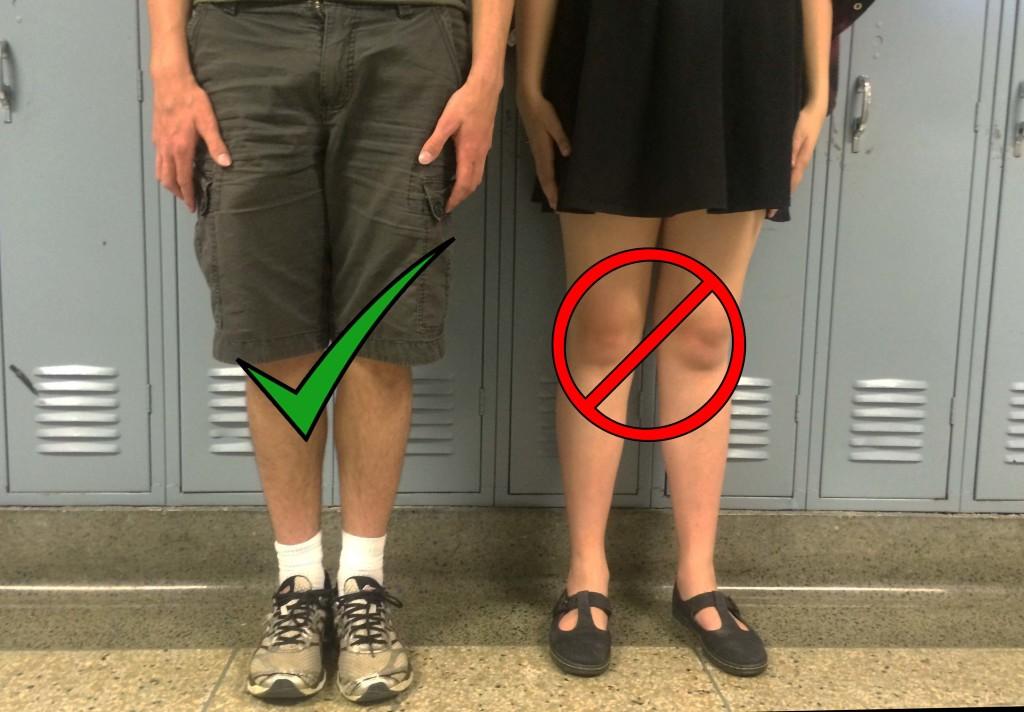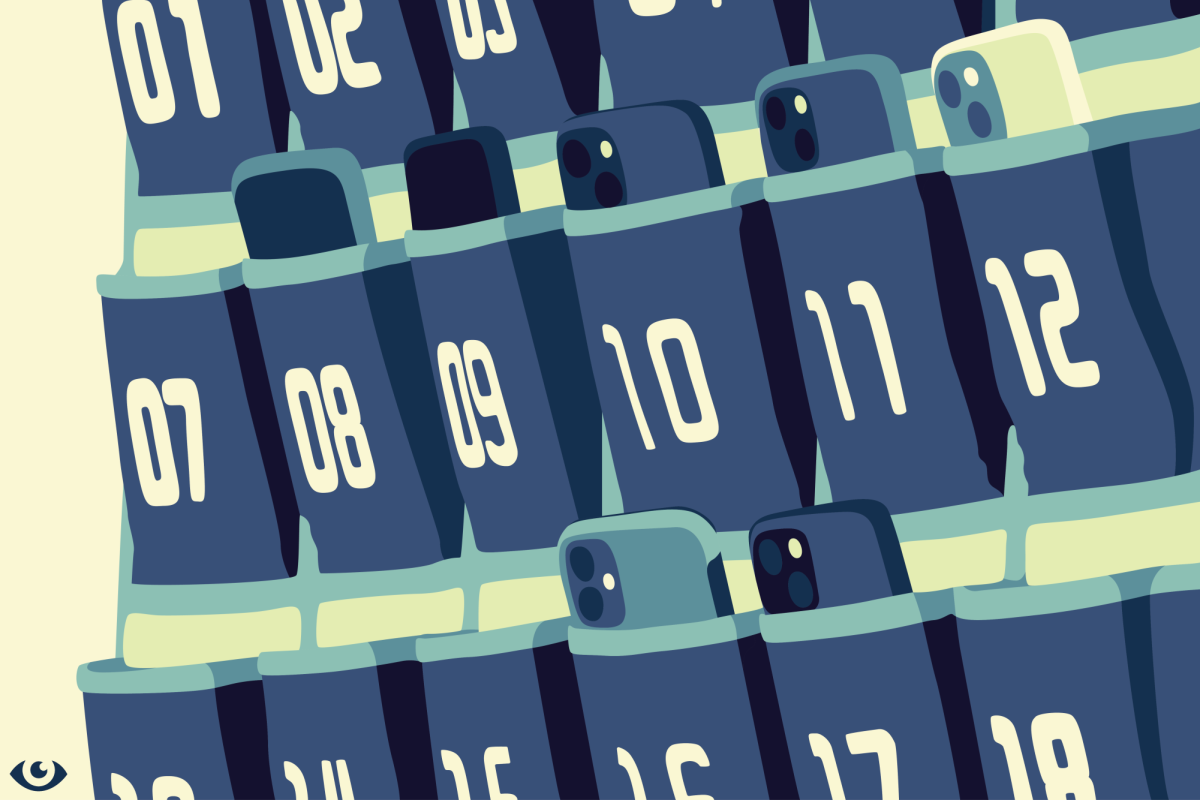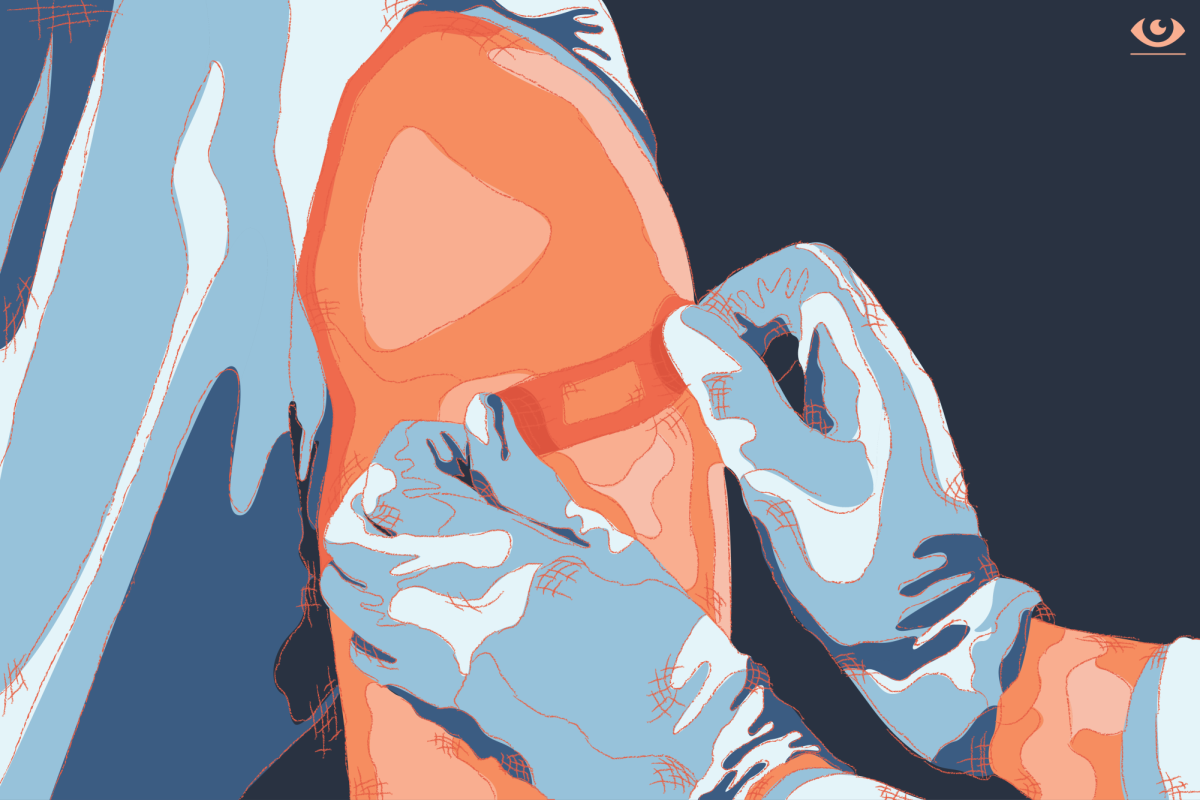A girl in your class is wearing leggings. She comes in, sits down, and takes out her binder like everyone else. No one is distracted by her leggings, unless to think that they are cute. However, two minutes later, a teacher notices and calls her out of class. This is the real distraction. The fuss made over enforcing the dress code is much more disruptive than the actual clothes violating the dress code. Instead of continuing to cause the dissent that has been going on for years, the administrators and students need to be able to compromise on a newer, less-sexist dress code.
I have written a lot about the dress code, mainly discussing the fact that it unfairly targets and objectifies girls. Even if boys are distracted by things as non-sexual as chests, thighs, and shoulders, it is not the burden of the girls to change how they dress in order to be less distracting. The over-sexualization of perfectly normal body parts even contributes to rape culture, which tells a woman that it is her responsibility to make sure she does not get raped or assaulted (or, God forbid, “distract” teenage boys). It also reinforces the idea that we view the way women dress as inherently sexual.
And before anyone says that short skirts do not have a place in learning environments anyway, it is important to note that a kindergarten student was sent home for that exact same accusation. She was five. Dress codes are reinforcing that girls are seen as sexual beings as early as five years old.
Along those lines, I have also heard the argument that Manual has a dress code because we are being trained for the professional world, where we will be expected to follow some attire expectations. While it is true that some of us will be transitioning to an office setting where there is a more rigid dress code, some of us will have careers where casual attire is accepted. Most of us can distinguish between what to wear to a job interview and what to wear to hang out with friends anyway. If Manual students were really expected to dress professionally, then why do they allow sweatpants?
However, an important point that is consistently missed when discussing the failures of the dress code is that Manual has more important things to worry about than what students are wearing. Instead of making teachers focus on whether someone’s shorts reach their fingertips, they should be able to focus on utilizing class time in an effective way. Rather than creating a distraction by pulling a student out of class, Manual should put effort into giving us healthy ways to handle stress. All of these issues are more important than the dress code, even though I agree that of course some form of dress code needs to exist, and that we as students are partially responsible for coming up with a compromise.
The truth is, we are not showing up to school every day thinking, “How can we distract a boy today?” No evidence has shown that a girl wearing leggings will lower a boy’s ACT score, and I doubt anyone has missed out on vital information in class because they saw someone in shorts. In fact, girls may have even felt anxiety about being dress-coded to the extent that it affected their academic performance.
It is time to re-evaluate the dress code and ask what is really reasonable to expect of teenage students who got into Manual because of their achievements, which obviously were not hindered at all by what they were wearing. While students need to understand that not all of their ideas about the dress code will be implemented, administrators also need to understand that a dress code that makes everyone unhappy is not productive. So instead of continuing to fight over the dress code, I hope the administration and students are able to reach a reasonable compromise, and we can all move on to more important things.







Stacy Perkins • May 6, 2015 at 3:44 pm
AMEN….I 2nd that….and..I have been saying this for YEARS!!!!!!!